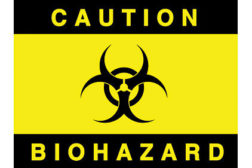Home » OSHA
Articles Tagged with ''OSHA''
How does your incident rate stack up?
Understanding where your company stands is critical.
September 1, 2013
Be prepared for workplace violence
Steps employers can take to evaluate risk and prevent workplace violence.
July 12, 2013
July 10 webinar to address workplace violence
Do you have questions regarding your rights and responsibilities if a violent workplace incident occurs?
June 20, 2013
Checklist for compliance, Part 2
Requirements for chemical product and article manufacturers.
May 15, 2013
Get in the know
Wholesalers should be up-to-date on revised OSHA chemical regulations.
June 1, 2012
Stay in the know on the latest PHCP-PVF industry trends.
Get tailored content delivered your way.
JOIN TODAY!Copyright ©2025. All Rights Reserved BNP Media.
Design, CMS, Hosting & Web Development :: ePublishing







